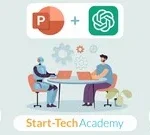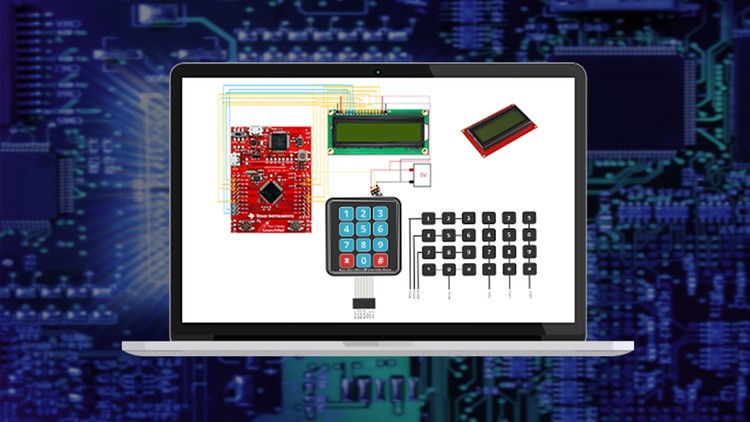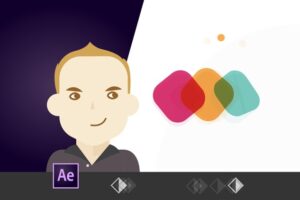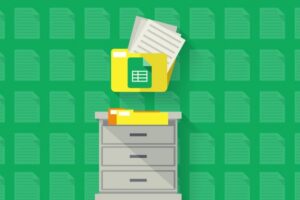ARM Cortex-M Interfacing with Keyboards and LCDs (FREE! ) – Free Udemy Courses
Write your Keyboard and LCD drivers for Cortex-M
What you’ll learn
ARM Cortex-M Interfacing with Keyboards and LCDs (FREE! ) – Free Udemy Courses
- Write your Keyboard driver and library
- Write your LCD driver and library
- Understand the different types of Input/Output capabilities available to Cortex-Microcontrollers
Requirements
-
This course assumes no prior knowledge of Interfacing Cortex-M to Keyboards and LCDs. All it requires from students is curiosity.
Description
This course takes a step-by-step practical approach to how to write drivers and libraries that will allow your Cortex-Microcontroller to talk to Keyboards and Liquid Crystal Displays. It goes on to provide optimization methods such as accessing the LCD with 4-bits rather than 8-bits and also programming keyboards using the matrix arrangement approach.
We will start by differentiating between GPIO and SPIO, this will give students an understanding of how registers relate to IO ports then we shall write out the code to see how these registers work with inputs and outputs.
We shall look at how to write our LCD Drivers and Libraries, we shall take a look at the pinout and how we interface with the microcontroller and take a look at how we control the shift registers inside the LCD, then we shall go on to code our driver and library. The last section of the LCD chapter deals with writing data in 4-bits to reduce the number of IO pins used for LCD.
The final chapter of the course deals with interfacing to keyboards, I will introduce how keyboards also conserve the number of IO pins by using the matrix arrangement, and then we shall go on to write our keyboard driver and library. In a nutshell, these are the key areas we shall be looking at in this course :
- Keyboard driver and library coding
- LCD driver and library coding
- LCD 4-bits data transfer
- Keyboard matrix arrangement
If you are interested in having bare-metal level access to keyboards and LCDs then this course is for you.
Who this course is for:
- Embedded systems students
- Embedded systems professionals
- Hobbyists










